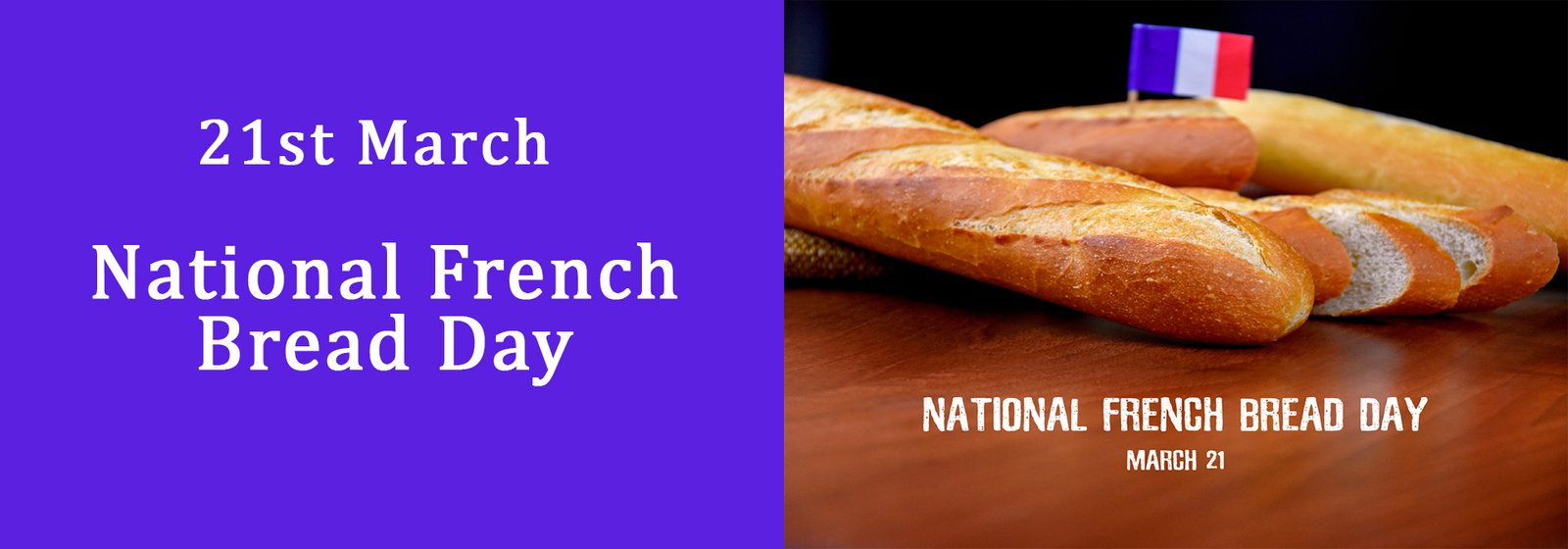History of Bread:
Throughout recorded history, it has been a prominent food in large parts of the world. It is one of the oldest human-made foods, having been of significant importance since the dawn of agriculture, and plays an essential role in both religious rituals and secular culture.
Bread may be leavened by naturally occurring microbes, chemicals, industrially produced yeast, or high-pressure aeration. In many countries, commercial bread often contains additives to improve flavor, texture, color, shelf life, nutrition, and ease of production.
The world’s oldest evidence of bread-making has been found in a 14,500-year-old Natufian site in Jordan’s northeastern desert. Around 10,000 BC, with the dawn of the Neolithic age and the spread of agriculture, grains became the mainstay of making bread. Yeast spores are ubiquitous, including on the surface of cereal grains, so any dough left to rest leavens naturally.
There were multiple sources of leavening available for early bread. Airborne yeasts could be harnessed by leaving uncooked dough exposed to air for some time before cooking. Pliny the Elder reported that the Gauls and Iberians used the foam skimmed from beer, called barm, to produce “a lighter kind of bread than other peoples” such as barm cake. Parts of the ancient world that drank wine instead of beer used a paste composed of grape juice and flour that was allowed to begin fermenting, or wheat bran steeped in wine, as a source for yeast. The most common source of leavening was to retain a piece of dough from the previous day to use as a form of sourdough starter.
The Chorleywood bread process was developed in 1961; it uses the intense mechanical working of dough to dramatically reduce the fermentation period and the time taken to produce a loaf. The process, whose high-energy mixing allows for the use of grain with a lower protein content, is now widely used around the world in large factories. As a result, bread can be produced very quickly and at low costs to the manufacturer and the consumer. However, there has been some criticism of the effect on nutritional value.
Here are some special days dedicated to breads







Did You Know?

Did you know that French toast was not invented by French?
French toast is a dish made of sliced bread soaked in beaten eggs and typically milk, then pan fried. Alternative names and variants include “eggy bread”, “Bombay toast”, “gypsy toast”, and “poor knights” (of Windsor).
The exact origins of French toast are unknown, but its surprising that humans seem to have come up with the recipe quickly, given that French toast is traditionally made out of stale bread.
Did you know that the largest loaf of bread weighed 1,571 kg (3,463.46 lb)

This was made by Joaquim Gonçalves (Brazil) in Curitiba, Paraná, Brazil, on 13 November 2008 in celebration of Guinness World Records Day.
The reasons to order essay writing papers vary. Students don’t want be a part of student activities however, others may not have enough time to complete the complete essay. They may have other commitments, or they just desire to spend some time with family or go on trips. No matter what reason you might have There are companies offering essays that will meet all essay writing help your needs. Here are some benefits to buying essays from an organization.


